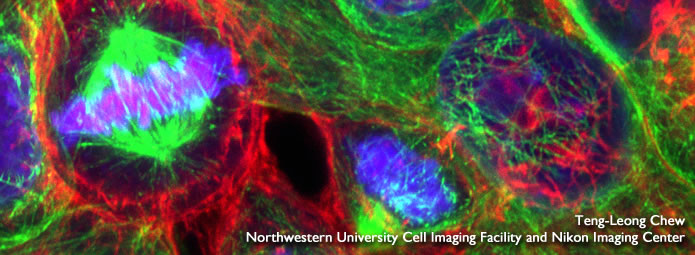
About the Book
“The Immortal Life of Henrietta Lacks” by Rebecca Skloot tells the story of story of a poor black tobacco farmer who unknowingly became one of the most important figures in modern medical research. Her cells -‐ which were taken without her consent in 1951, a common practice still today -‐ were the first to stay alive outside of the body for longer than a few weeks. In fact, they never died, opening a new world for research with human cells.
Sixty years later, there is not a single person who has not been touched by Henrietta’s cells in some way. Called HeLa in the lab, research with the cell line has led to some of history’s most important medical developments: the polio vaccine, cloning, chemotherapy, in vitro fertilization and more. Henrietta’s cells have been bought and sold by the billions. Yet she is virtually unknown, and her family can’t afford health insurance.
Author Rebecca Skloot takes readers on the journey of HeLa cells from the “colored” ward of Johns Hopkins where they were taken, to East Baltimore where Henrietta’s children and grandchildren struggle with their legacy, to science labs today where they contribute to continuous breakthroughs in medical and scientific research. The captivating story about Henrietta Lacks and her immortal cells inspires readers to join the debate on science ethics, race and medicine in the United States.
The book was recognized as one of the best books of 2010 by more than 60 media outlets, including The New York Times, The Washington Post, USA Today, The New Yorker, Publisher’s Weekly and others. The story is being made into an HBO movie, produced by Oprah Winfrey and Alan Ball.
Watch Rebecca Skloot talk about her bestselling book in the trailer below.

